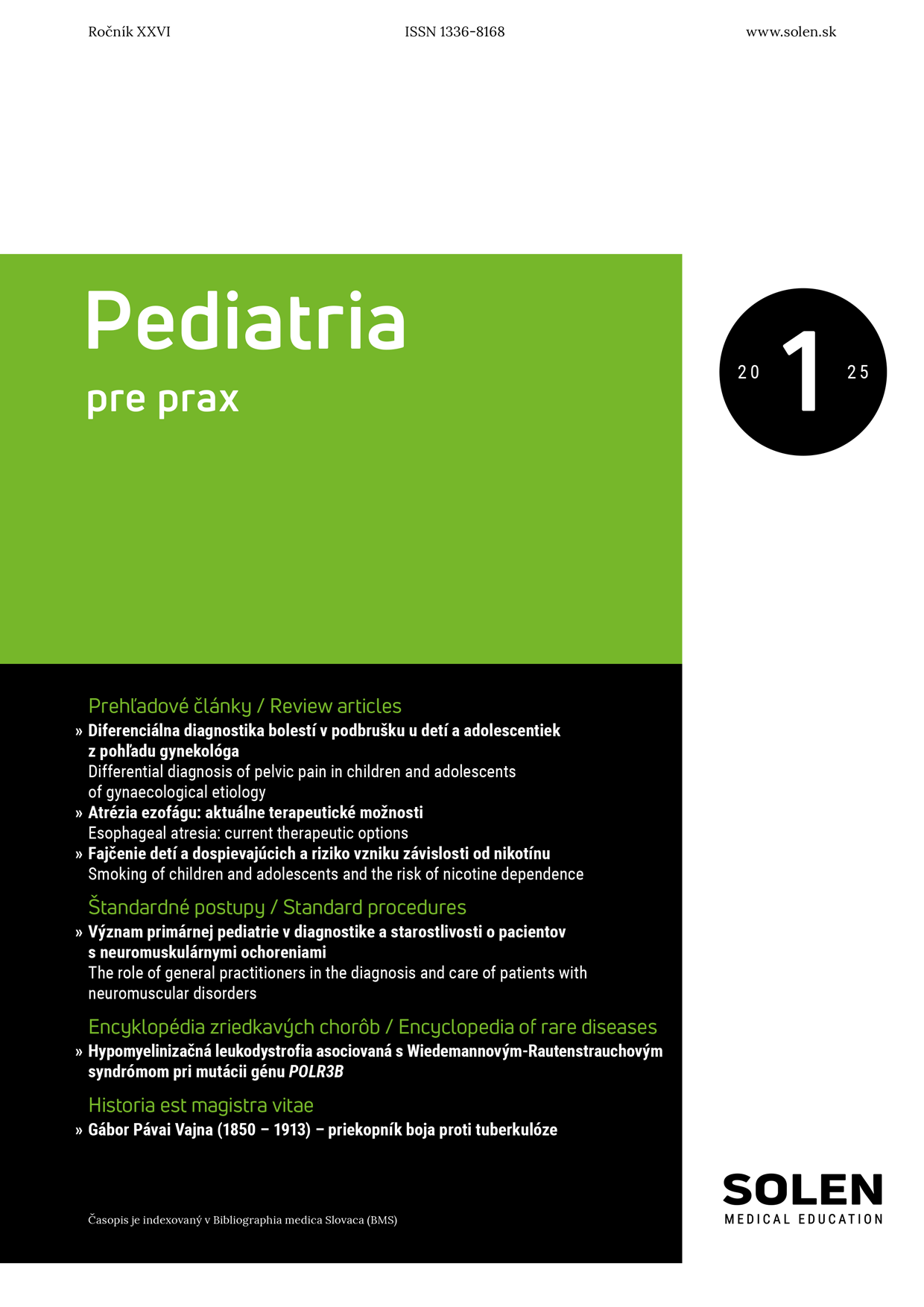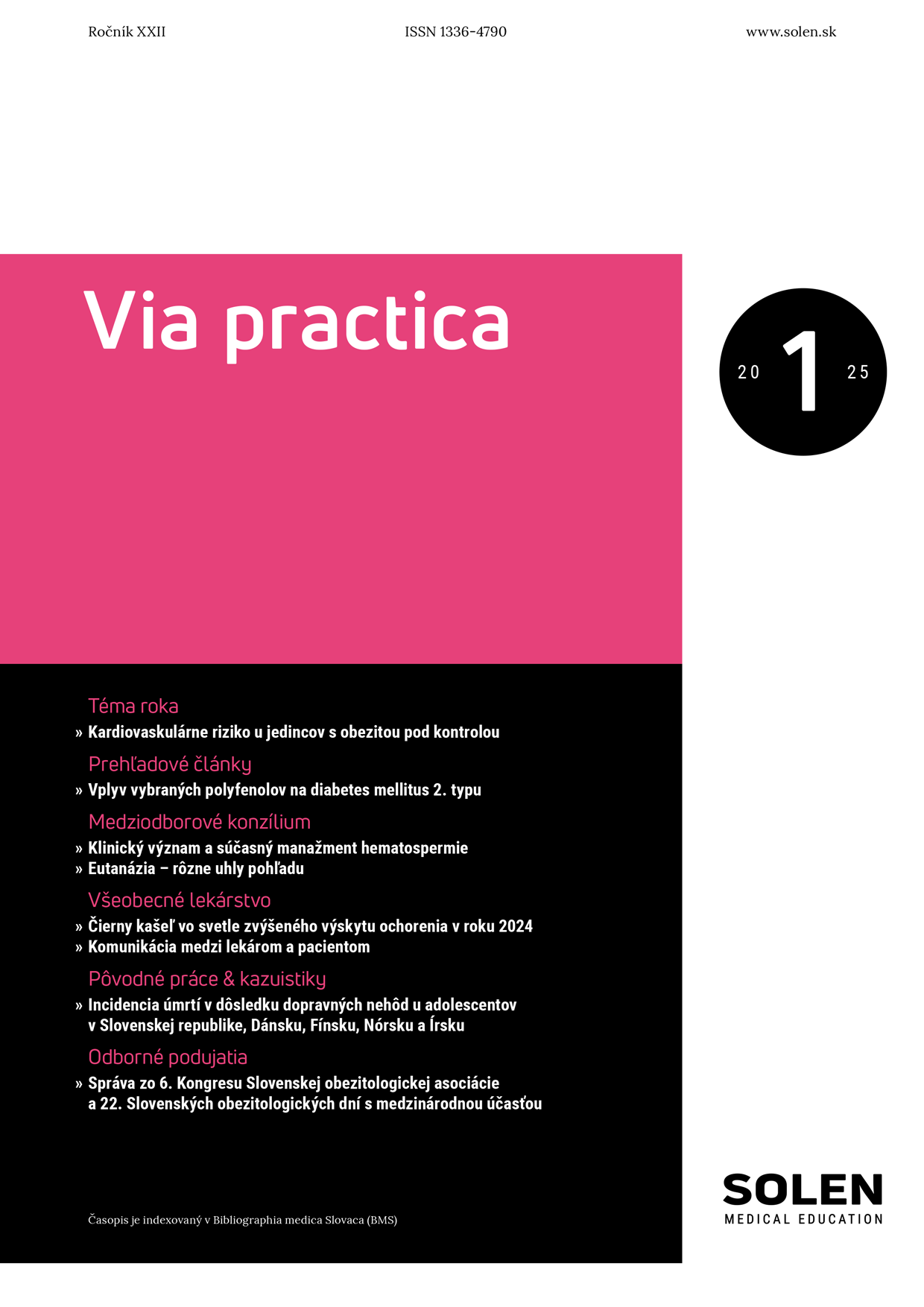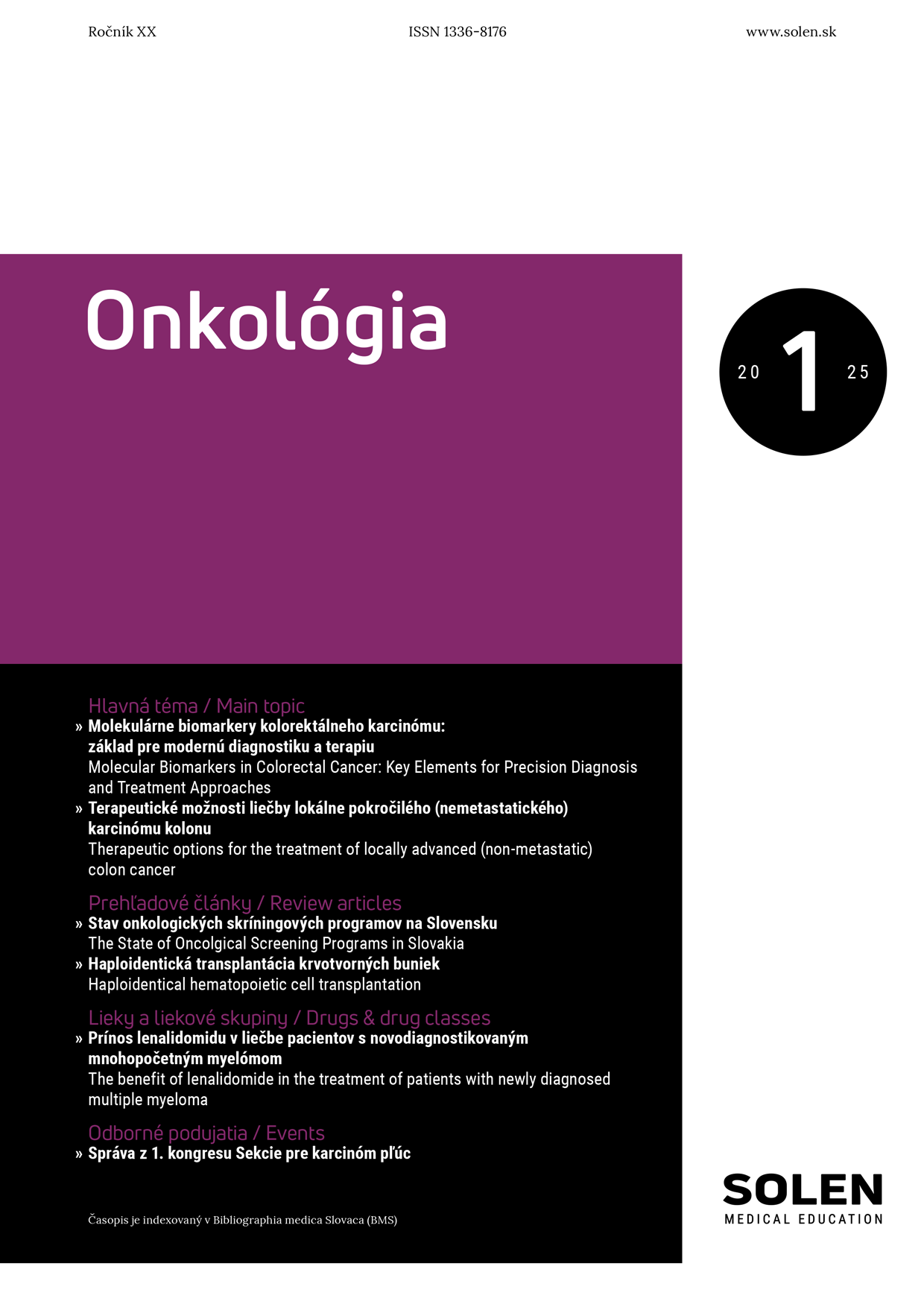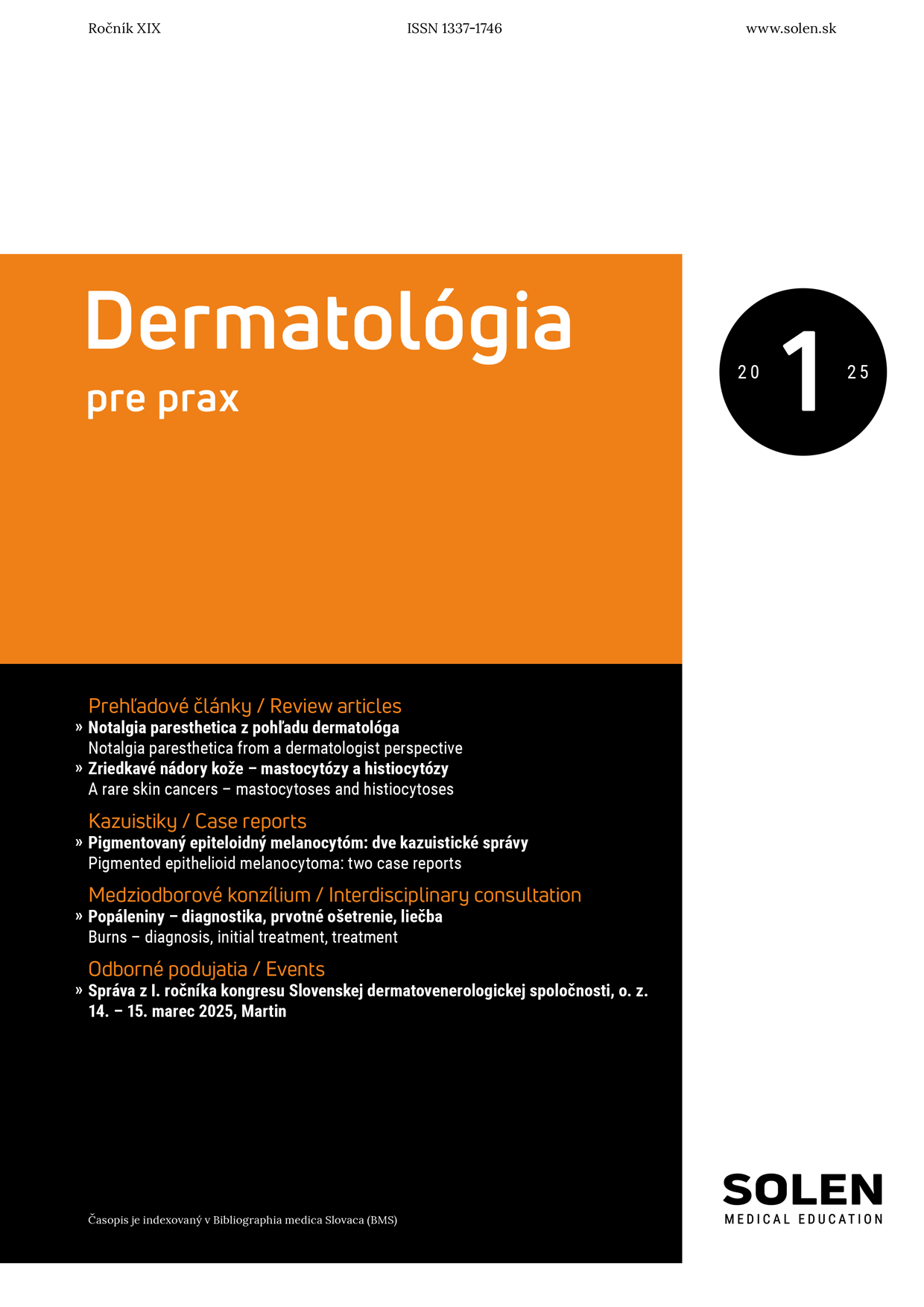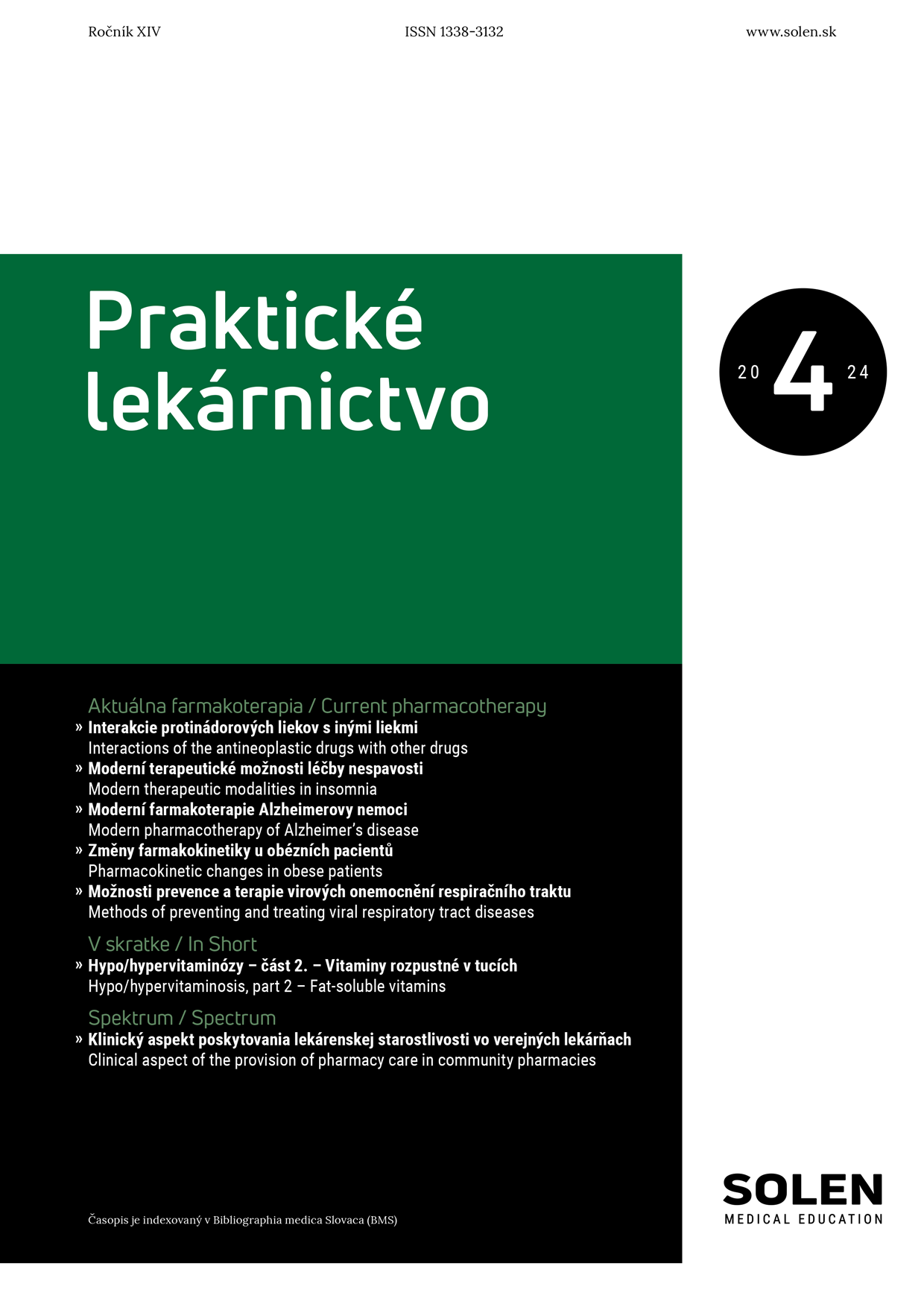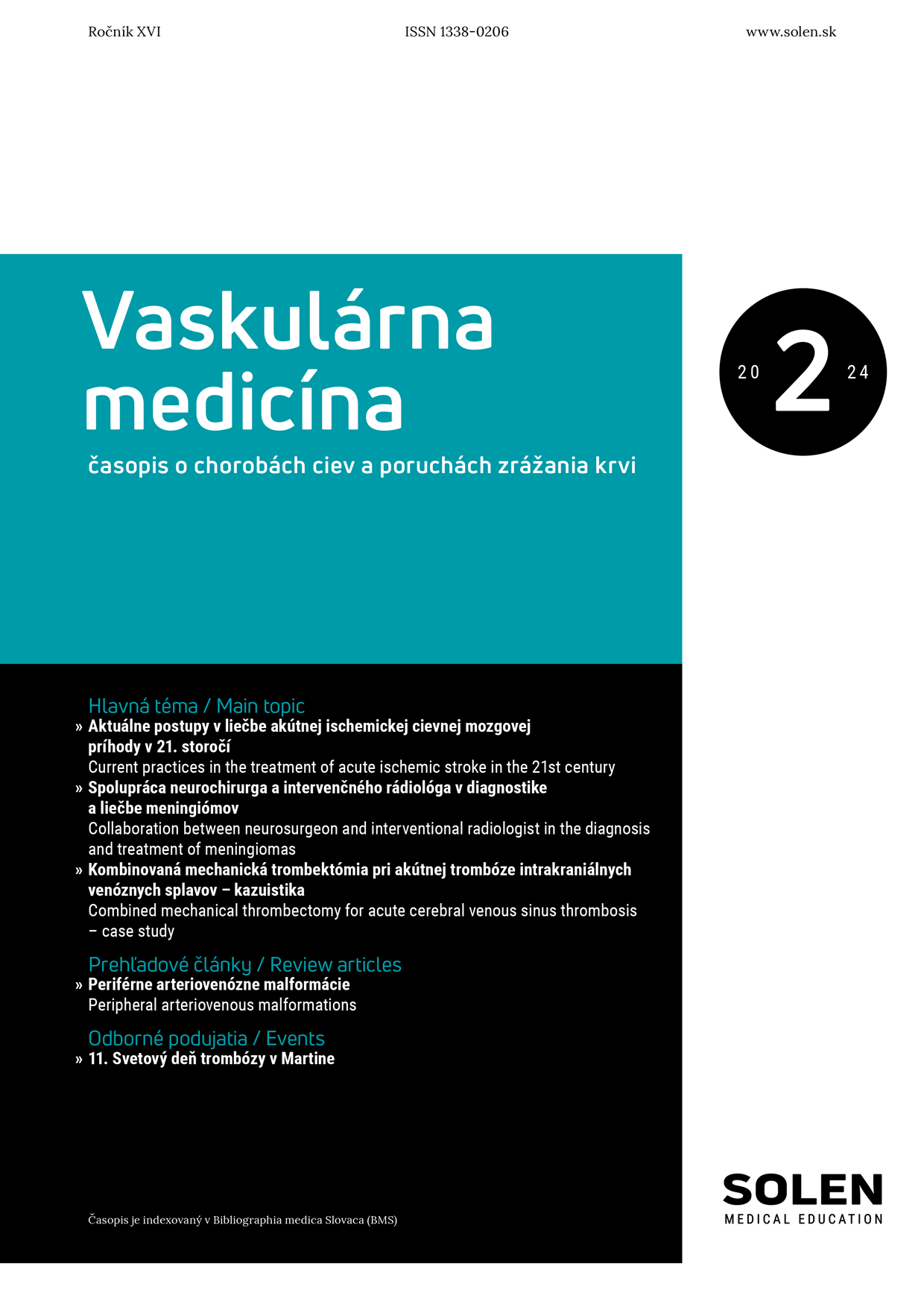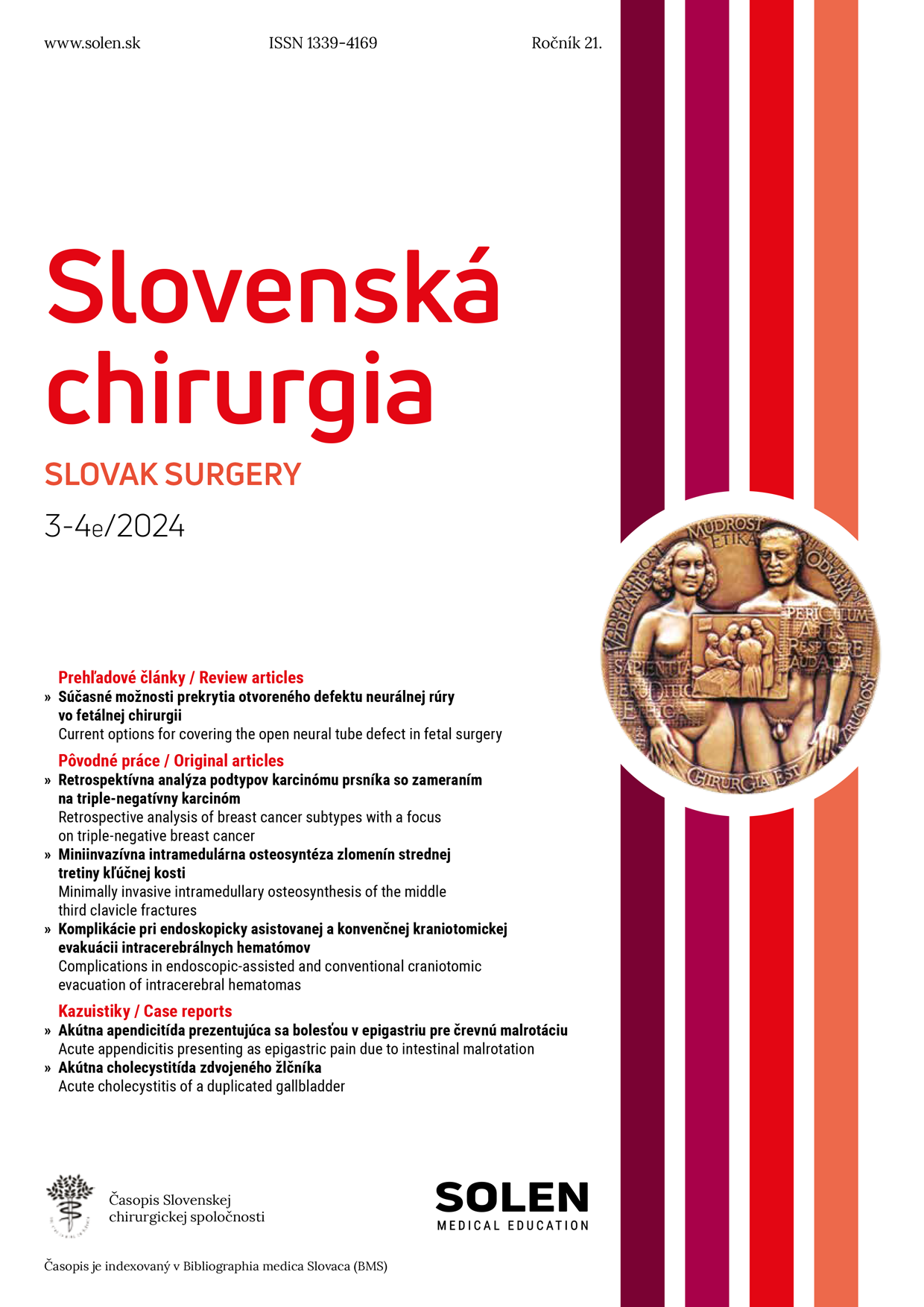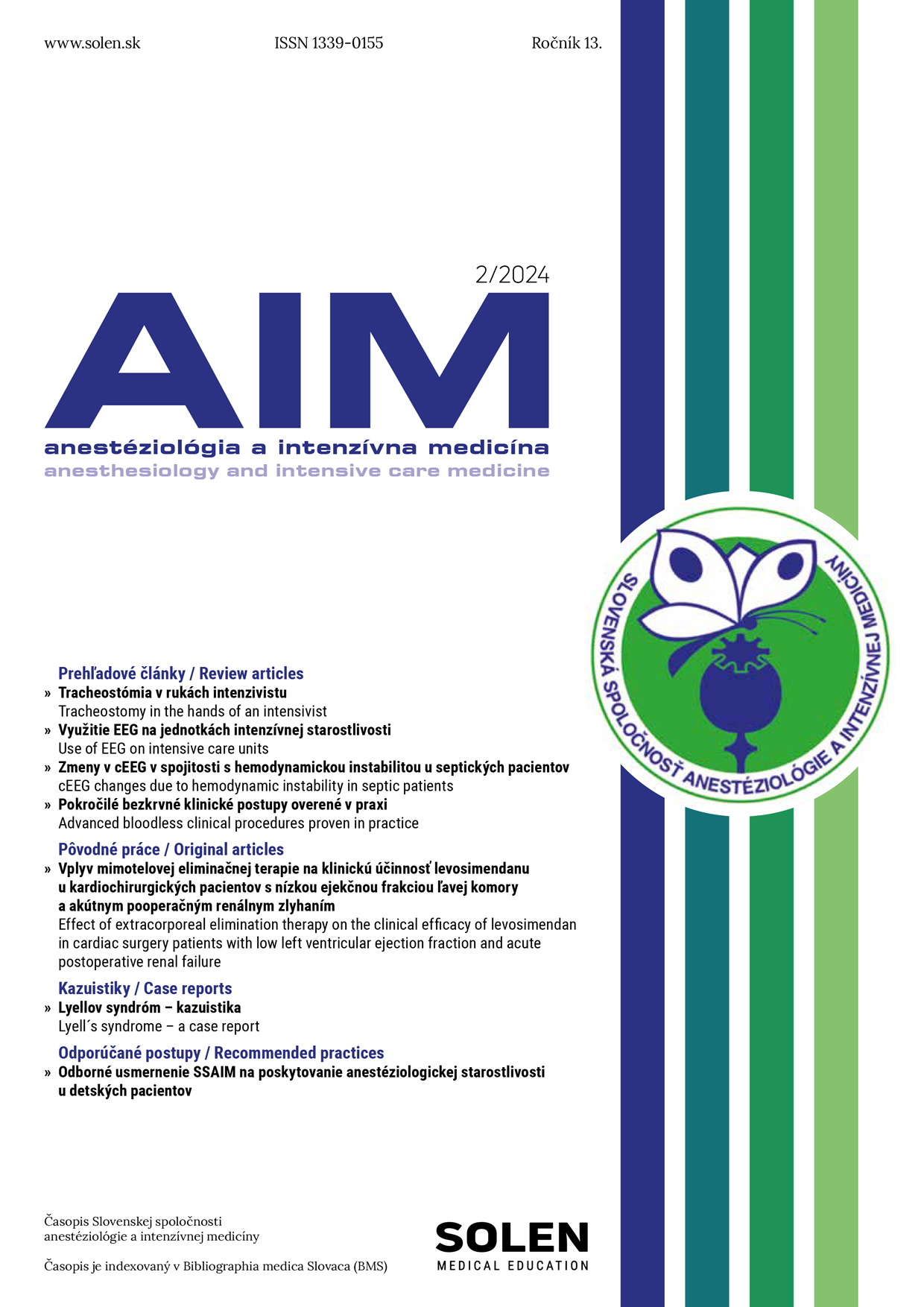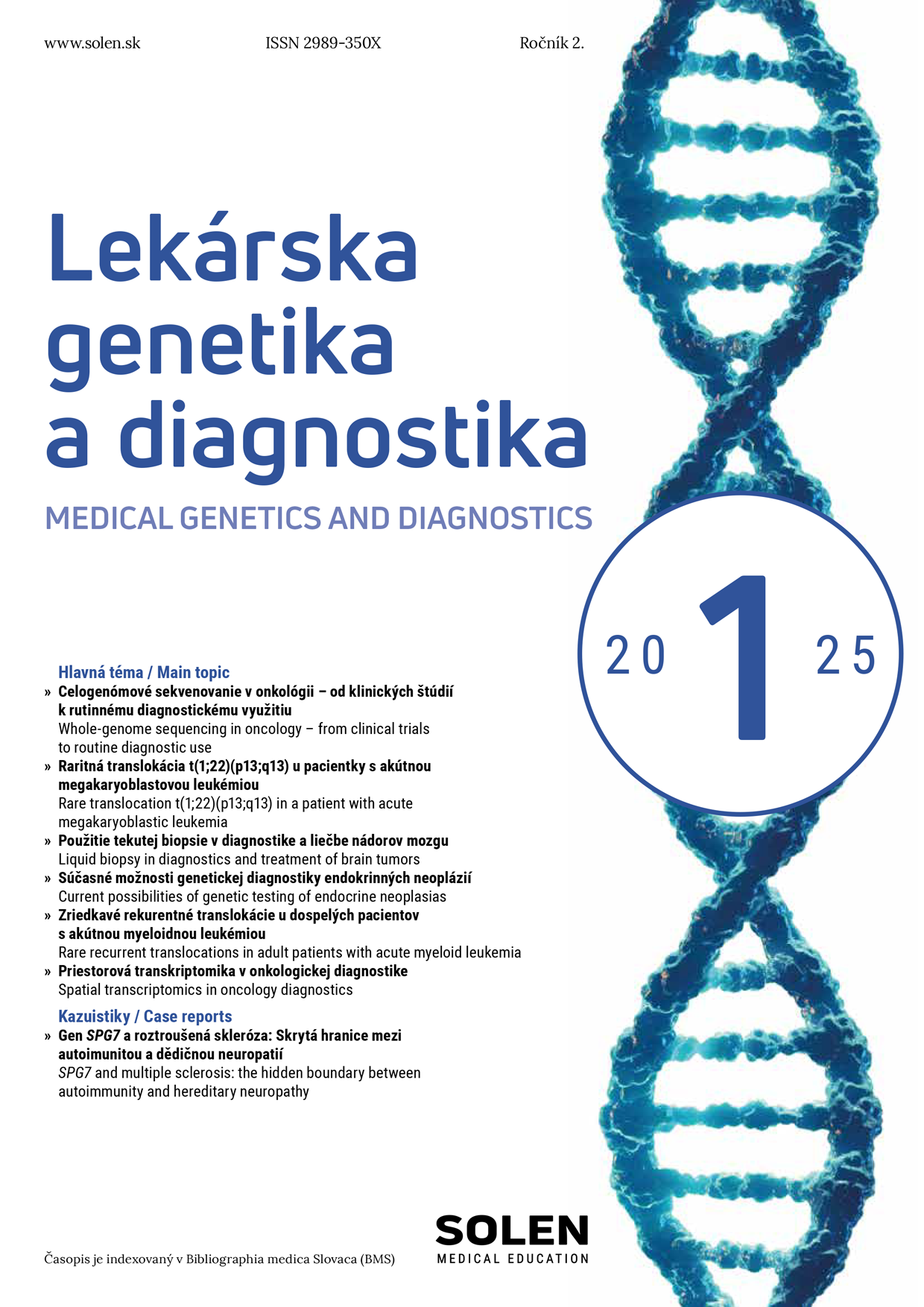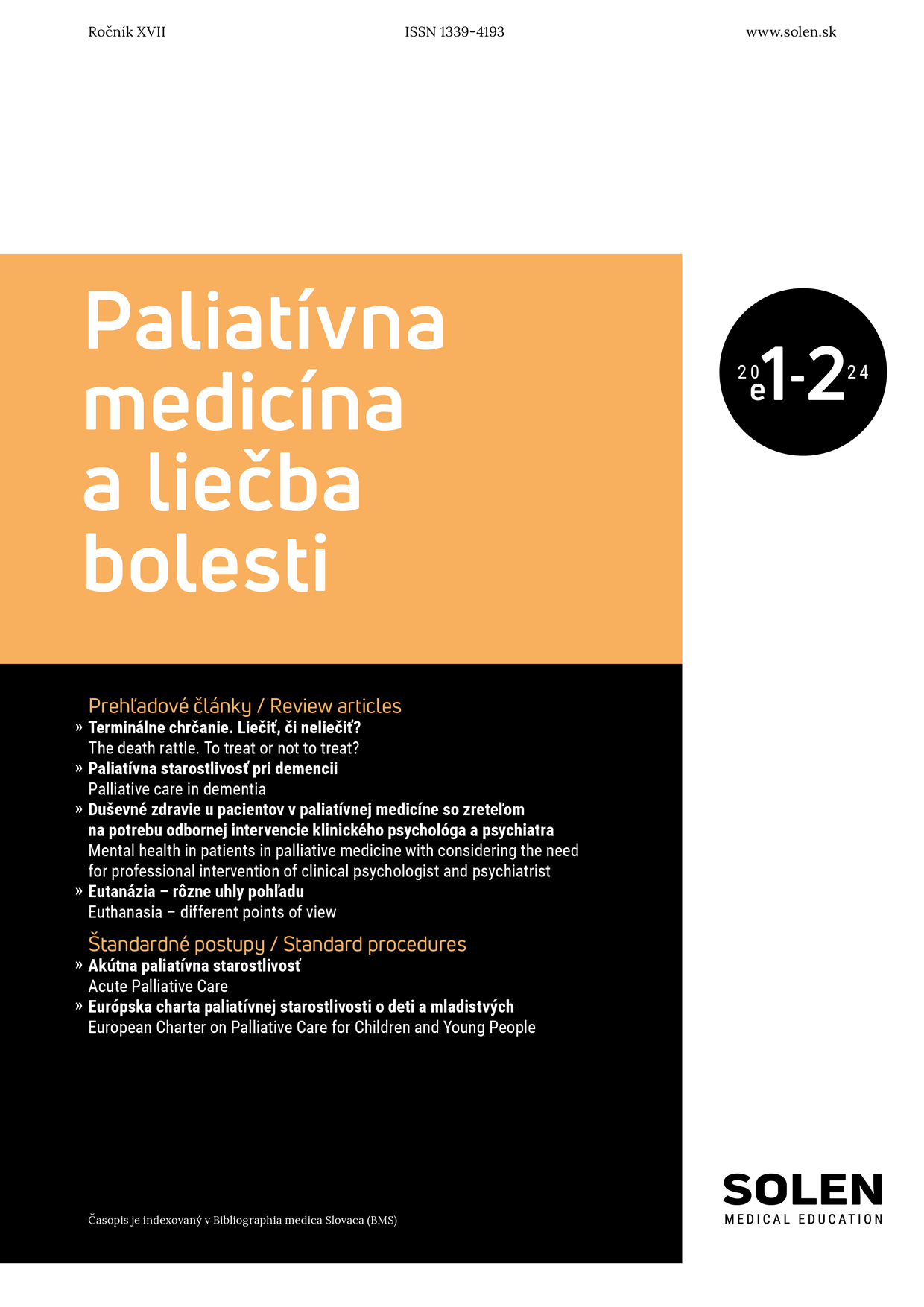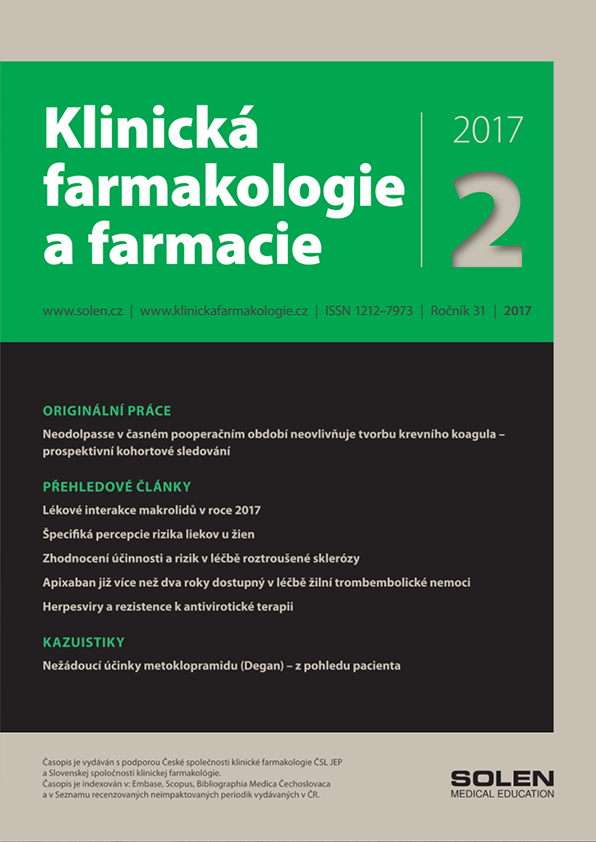Via practica 5/2024
Calcium and vitamin D in the prevention and treatment of osteoporosis
Postmenopausal osteoporosis is a highly prevalent disease. Prevention through lifestyle measures includes an adequate calcium and vitamin D intake. The recommended daily intake of calcium varies between 800 and 1500 mg of elemental calcium, depending on the endorsing source. Calcium can be derived either from the diet or supplements. Intake below the recommended amount may increase fragility fracture risk. Calcium supplementation reduces fracture risk only in addition of vitamin D, mainly among institutionalized people. Vitamin D status is determined by measuring serum 25-hydroxyvitamin D levels. Concentrations < 20 ng/ml (< 50 nmol/l) and < 10 ng/ml (< 25 nmol/l) are considered to constitute vitamin D deficiency and severe deficiency, respectively. Concerning skeletal health, vitamin D deficiency is associated with low bone mass and an increased risk of fractures. Vitamin D supplementation at maintenance doses of 800–1200 IU/day, especially in the elderly populations and those with severe vitamin D deficiency.
Keywords: calcium, vitamin D, osteoporosis, fractures


